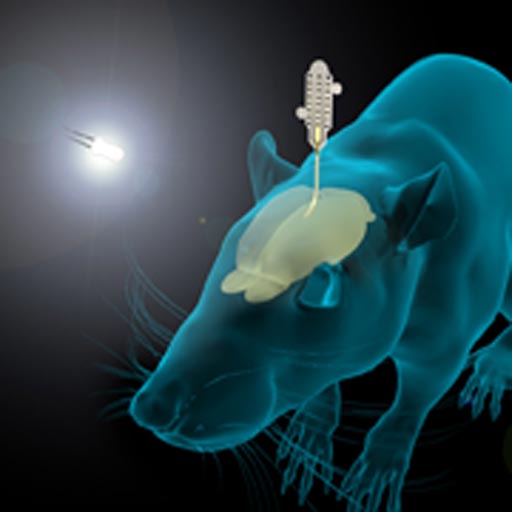Graphene-Based Neural Probes Map Brain Activity
By MedImaging International staff writers
Posted on 13 Apr 2017
A new study describes how a sensor based on graphene can record brain activity in high resolution, while maintaining excellent signal to noise ratio (SNR).Posted on 13 Apr 2017
The sensor, developed by researchers at Munich Technical University, the Catalan Institute of Nanoscience and Nanotechnology, and other institutions, uses an array of graphene solution-gated field-effect transistors (SGFETs). The flexible array of SGFETs allows mapping brain electrical activity with excellent SNR, as well as for recording spontaneous slow waves and pre-epileptic activity in vivo.

Image: Research show graphene-based transistor arrays could help map brain activity (Photo courtesy of ICN2).
In studies in rats, the densely packed, miniature neural probes were placed directly on the surface of the brain, and were used to record signals generated by pre-epileptic activity, as well as the smaller levels of brain activity present during sleep and in response to visual light stimulation. The neural activity was detected through the highly localized electric fields generated when neurons fire. The researchers also determined that the graphene-based probes were non-toxic and non-inflammatory. The study was published on February 24, 2017, in 2D Materials.
“Graphene is one of the few materials that allows recording in a transistor configuration and simultaneously complies with all other requirements for neural probes such as flexibility, biocompability and chemical stability,” said lead author Benno Blaschke, MSc, of TU Munich. “Although graphene is not ideally suited for flexible electronics, it was a great challenge to transfer our fabrication process from rigid substrates to flexible ones. The next step is to optimize the wafer-scale fabrication process and improve device flexibility and stability.”
“Mechanical compliance is an important requirement for safe neural probes and interfaces. Currently, the focus is on ultra-soft materials that can adapt and conform to the brain surface,” said senior author Professor Jose Antonio Garrido, PhD, of ICN2. “Graphene neural interfaces have shown already great potential, but we have to improve on the yield and homogeneity of the device production in order to advance towards a real technology.”
Graphene is a monolayer atomic-scale honeycomb lattice of carbon atoms which combines the greatest mechanical strength ever measured in any material (natural or artificial) with very light weight and high elasticity. Graphene has unique optical and thermal properties which allow it to release energy in the form of heat in response to light input; it also has very high electrical conductivity. The high surface area allows bioconjugation with common biomolecules. Andre Geim and Kostya Novoselov of the University of Manchester (United Kingdom) were awarded the Nobel Prize in Physics in 2010 for its development.













